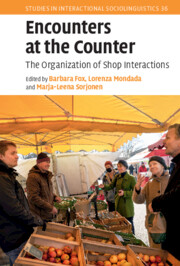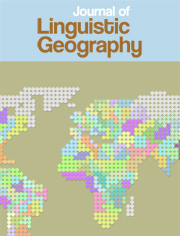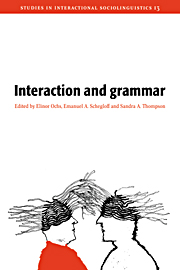Grammar in Everyday Talk
Drawing on everyday telephone and video interactions, this book surveys how English speakers use grammar to formulate responses in ordinary conversation. The authors show that speakers build their responses in a variety of ways: the responses can be longer or shorter, repetitive or not, and can be uttered with different intonational 'melodies'. Focusing on four sequence types: responses to questions ('What time are we leaving?' - 'Seven'), responses to informings ('The May Company are sure having a big sale' - 'Are they?'), responses to assessments ('Track walking is so boring. Even with headphones' - 'It is'), and responses to requests ('Please don't tell Adeline' - 'Oh no I won't say anything'), they argue that an interactional approach holds the key to explaining why some types of utterances in English conversation seem to have something 'missing' and others seem overly wordy.
- Based on a rich collection of empirical data, such as telephone and video communication from everyday interactions
- Demonstrates that grammatical patterns and regularities can be best understood by reference to the interactional contexts in which they occur
- Argues that the precise formulation chosen by respondents depends on the subtle interactional work they hope to accomplish with their utterance
Reviews & endorsements
'[This book] challenges serious scholars of language and social interaction with a rich, new and exquisitely contextual account of the work people do through their responses in real-time social interaction. Findings presented in the book are fully data-driven and compel us to critically re-envision the traditionally taken-for-granted notions that some utterances are 'elliptical' or 'non-sentential'. [The authors] demonstrate that response formats are artfully and precisely fitted to their contexts, and that the attested composition of utterances results from the limited range of meaning-making potentials opened up in the course of developing sequences of action. The presentation of findings, representing a new standard of methodological and theoretical integrity, is tightly articulated with forty years of research on language form and interactional sequence. Future research on sequence organization and action formats must take this book as a fundamental reference point, including the cross-linguistic expansion of this project, which the authors enthusiastically invite.' Cecilia E. Ford, University of Wisconsin, Madison
'This brilliant book brings important new points of emphasis to the study of language and social action. Its groundbreaking analyses of human agency in responding are a very welcome contribution.' N. J. Enfield, University of Sydney
'Based on naturally occurring video and telephone conversations, Grammar in Everyday Talk explores the morphosyntactic and prosodic design of responsive actions. It also uncovers the sequential contexts in which minimal and expanded responses are routinely found, and in which sequential and interactional circumstances speakers might be motivated to choose one rather than the other. It is a pioneering work which focuses on the interaction between prosody and syntax in the way English speakers build response.' Zhou Xiao-jun, Zhejiang University
'All in all, this study provides a new 'paradigm' that is quite different from the one taken up in most previous studies about grammar, in which a paradigm is static, abstract, and exists outside of any context of use. … This book is highly recommended for scholars working in the field of syntax, discourse analysis, social linguistics and pragmatics.' Zhou Xiao-jun, Journal of Language and Politics
Product details
June 2015Hardback
9781107031029
356 pages
237 × 158 × 25 mm
0.66kg
40 b/w illus. 45 tables
Available
Table of Contents
- 1. Introduction
- 2. Responses in information-seeking sequences with 'question-word interrogatives'
- 3. Responses in informing sequences
- 4. Sequences with assessment responses
- 5. Responses in request-for-action sequences
- 6. Conclusions.







